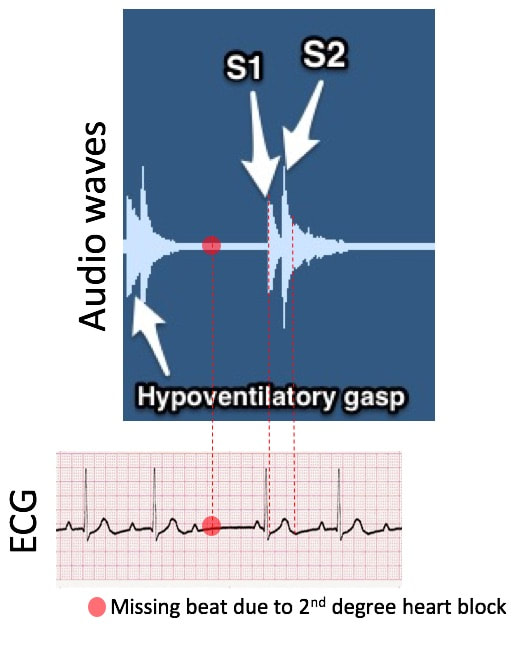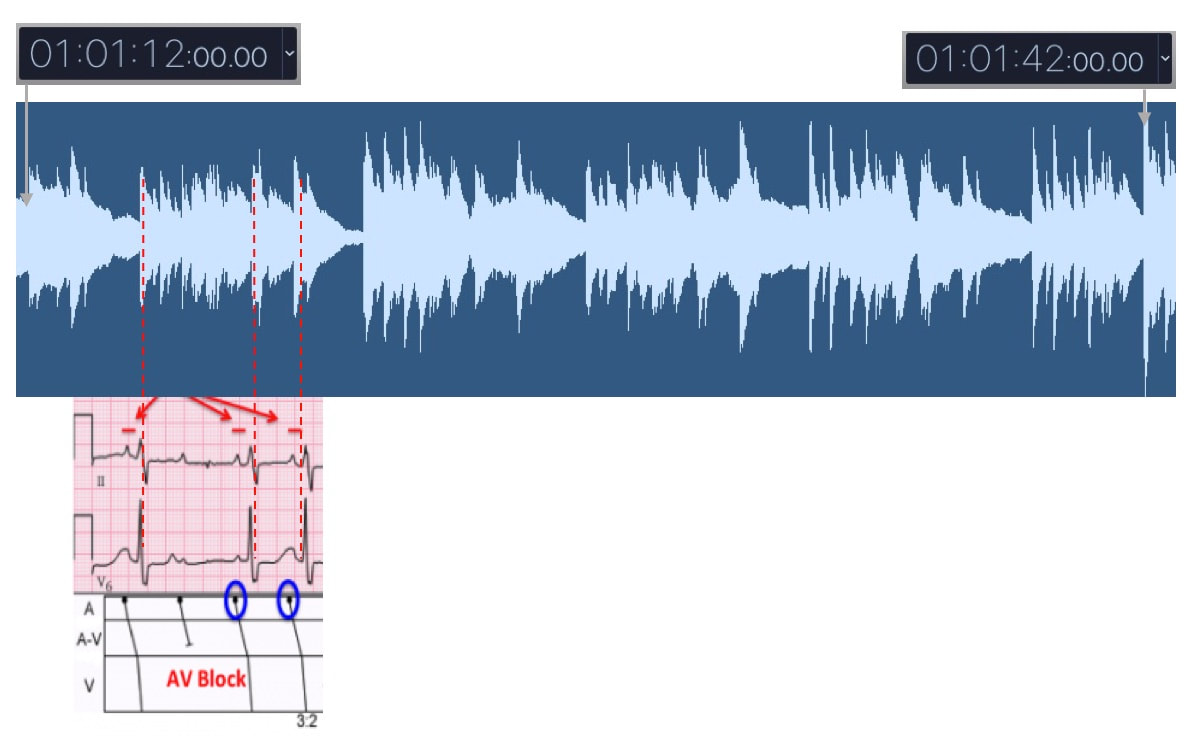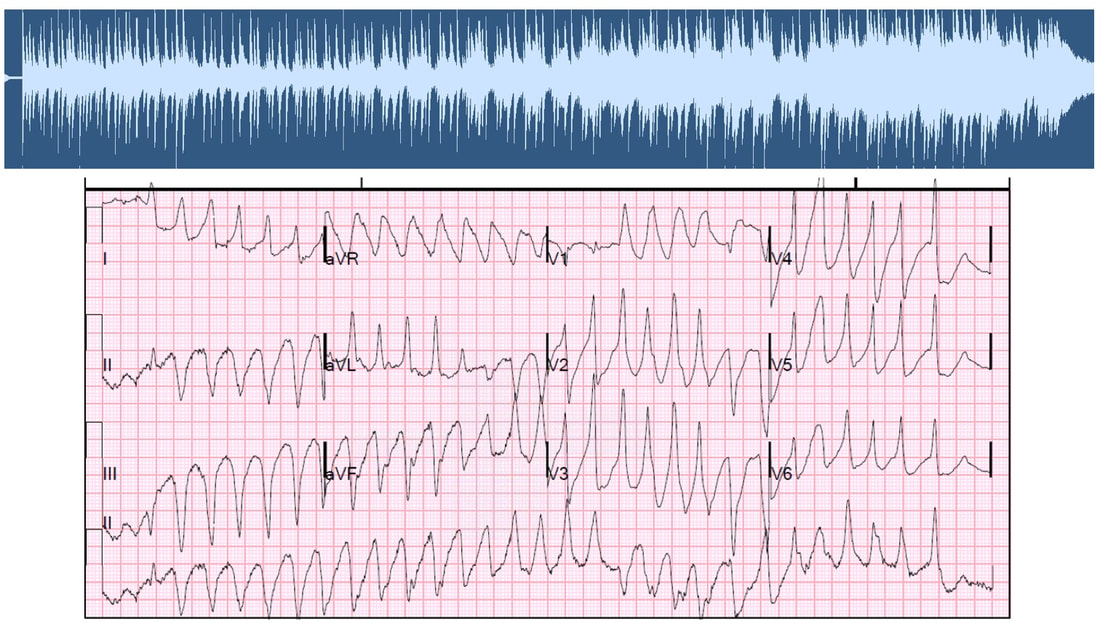A musical composition based on algorithms derived from breathing patterns and ECG/EEG waveforms2/22/2018
For my medical school thesis in 2002, I wrote a composition that was based on algorithms derived from waveforms reflecting hypoventilatory breathing, various cardiac rhythms on ECGs, and sleep patterns captured on EEGs. The hypothesis was that every human condition, from the balanced healthy state in homeostasis to terminal derangement manifested by events such as agonal breathing and cardiac arrhythmias, occurs in measurable mathematical units that can be used to compose a multi-instrumental composition in harmonious segments and specific keys corresponding to each physiological state. Under this hypothesis, conditions representing different physiological states (e.g., disease vs healthy states) may be in different keys but should be mathematically related. Each state would have a center of gravity (key) and the transition from the healthy state to disease can be heard as a change in key or time signature.
The practical implication of this thesis is as follows: once a human state is quantified, any deviation indicative of signs and symptoms of disease would appear in a musical composition as a dissonant tone and out of sync with the baseline. Therefore, machine learning and artificial intelligence algorithms trained to learn these mathematical ratios and metronomic patterns can potentially predict the probability and timing of transitioning from one state to another (e.g. from the healthy state to disease and from a disease state to death). In some cases, these transition states could be detectable by the machine, or easily heard in a musical composition as dissonant anomalies, before signs and symptoms of disease are apparent to a diagnostician. Dissecting out the composition, perpetual drift The composition starts with agonal breathing and hypoventilatory gasp superimposed on a beating heart (S1 and S2 beats) in the setting of a second degree heart block.
From time point 1:01:12 to 1:01:42, the ECG rhythm degrades to a higher degree atrioventricular (AV) block:
Bursts of polymorphic ventricular tachycardia (PVT) are heard about 2:33 minutes into the composition. The QRS complexes during PVT are characterized by varying amplitude, axis, and duration; creating musical dissonance as the physiological state transitions into a near terminal state. This dissonance is clearly heard when the vocalist continues to sing in the original key and time signature around minute 3:30 and 3:53.
The composition ends on a happy note with a classical guitar playing chords based on EEG alpha waves that typically occur during a relaxed wakeful state. The story in perpetual drift could've all been a dream.
Recorded in 2002. Originally released by Azure. Composer: Sean Khozin Vocals: S. Gunn Special thanks to my med school mentors who tolerated and supported this project. |





 RSS Feed
RSS Feed